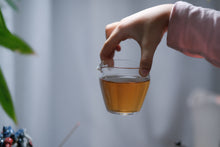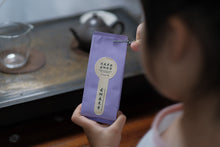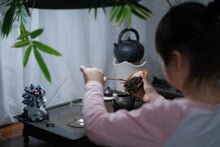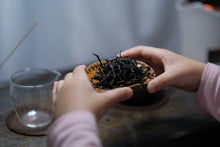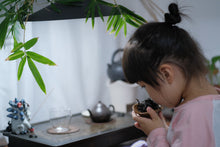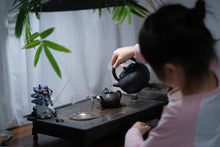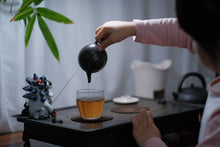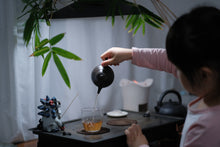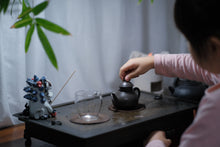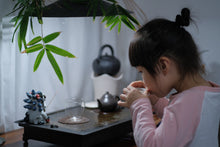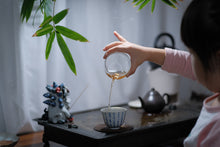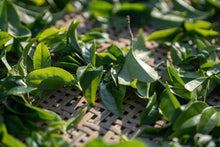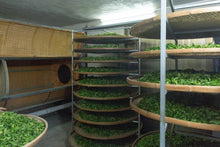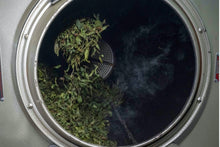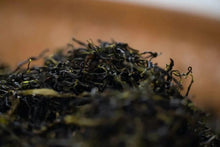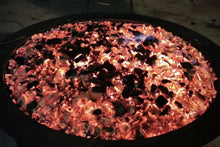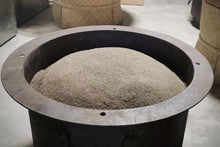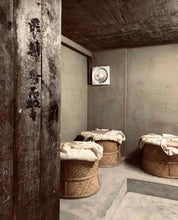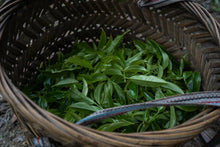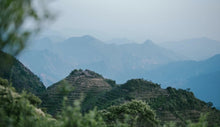
Guangdong Phoenix Dancong is a famous product among oolong teas. It has numerous aromas as numerous as stars. Even for the same tea tree, different geographical locations such as in front of and behind the mountain, and different baking temperatures will create different tea charm and aromas. This is the wonderful aspect of Phoenix Dancong.
Wudong Mountain is one of the very ancient producing areas of Phoenix Dancong. With its high altitude and abundant clouds and mist, the single-cluster tea produced here has a unique Wudong Mountain charm after brewing.
Today, Tongxin She Teahouse recommends "Ancient tree Tuberose Fragrance dancong oolong".
The tea green raw materials are all from above 1000 meters above sea level on Wudong Mountain. Picked and made in small batches once a year. The trees are tall and branches are luxuriant, with fresh buds and tender leaves. It can be said to be a famous variety of single-cluster tea.
"Night-scented Stock" is one of the precious famous varieties of honey-floral fragrance in Phoenix Dancong. The tea is like a flower, smelling of floral fragrance and having mountain charm when tasted.
The name "Night-scented Stock" comes from the fragrant oil aroma emitted by fresh leaves when craftsmen are "doing green" at night. It is indistinguishable from the fragrance of night-scented flowers, thus obtaining the fragrant name. The "Night-scented Stock" selected by "tea lovers" are all famous varieties from Wudong Mountain, with mellow tea fragrance.
The tea soup produced by "Night-scented Stock" is golden and bright in color, with an alluring fragrance and a rich and high-pitched taste. In the initial stage of the tea taste, it is pure, thick, peaceful, and combines hardness with softness. In the middle stage, the floral fragrance enters the water and the tea taste is sweet and moist. After ten infusions, in the final stage, the tea taste changes from sweet to mellow, and the tea qi is restrained and peaceful. After fifteen infusions, its fragrance is still particularly lingering.
The reason why Phoenix Dancong has as many aromas as stars is precisely because of its complicated and meticulous tea-making process. A good tea needs to go through six major processes including picking green leaves, sun-drying green leaves, doing green, killing green, rolling, and baking, as well as more than ten processes before it can be made. In order to make high-quality single-cluster tea, Tongxin She Teahouse specially invites old tea-making craftsmen to strictly check every detail meticulously and make every single-cluster tea leaf thick, shiny, and moist.
In the early spring morning, tea pickers step on the stone steps in the sea of clouds on Wudong Mountain and enter the ancient tree tea garden. They pick the new tea of the season from the branches of tea trees. Every leaf is carefully selected by hand, and every piece is full of the sincerity of Tongxin She Teahouse. "The charm of tea lies within the land. Only natural mountains and wilds can produce taste." This is exactly the reason why Tongxin She Teahouse chooses the single-cluster tea garden in the Wudong mountain area.
Wudong Mountain is located at a high altitude with many clouds and thick fog, and the weather is changeable. During sun-drying green leaves, sunlight withering cannot be used in many cases. Therefore, most tea people will choose to use infrared withering instead. We always insist on withering with sunlight and making tea according to the traditional way of looking at the sky. We choose the right time to let every tea green leaf be exposed to natural sunlight, so as to sun-dry good tea with beautiful flavor.
Doing green is a special process in the initial processing technology of oolong tea, also known as "rocking green". Doing green is composed of alternating and repeating two processes: rocking green and airing green. After doing green, the fresh leaves turn light green or yellowish green, the leaf margins and leaf tips are red, the grassy smell fades away and the floral and fruity fragrance appears. Killing green is a key process for shaping and forming the quality of oolong tea. The tender leaves picked are subjected to high temperature to inhibit fermentation. The tea leaves maintain their inherent green color and at the same time reduce the moisture in the leaves to make the leaves softer and facilitate further processing. Rolling is the shaping process in the initial processing of oolong tea. Through rolling, the tea leaves form their tightly curled and curved shape.
Baking is the major process in making single-cluster tea. The aroma and taste of single-cluster tea are determined during several rounds of baking. In baking, we use a three-step baking method and use meticulous craftsmanship to make tea with ingenuity.























